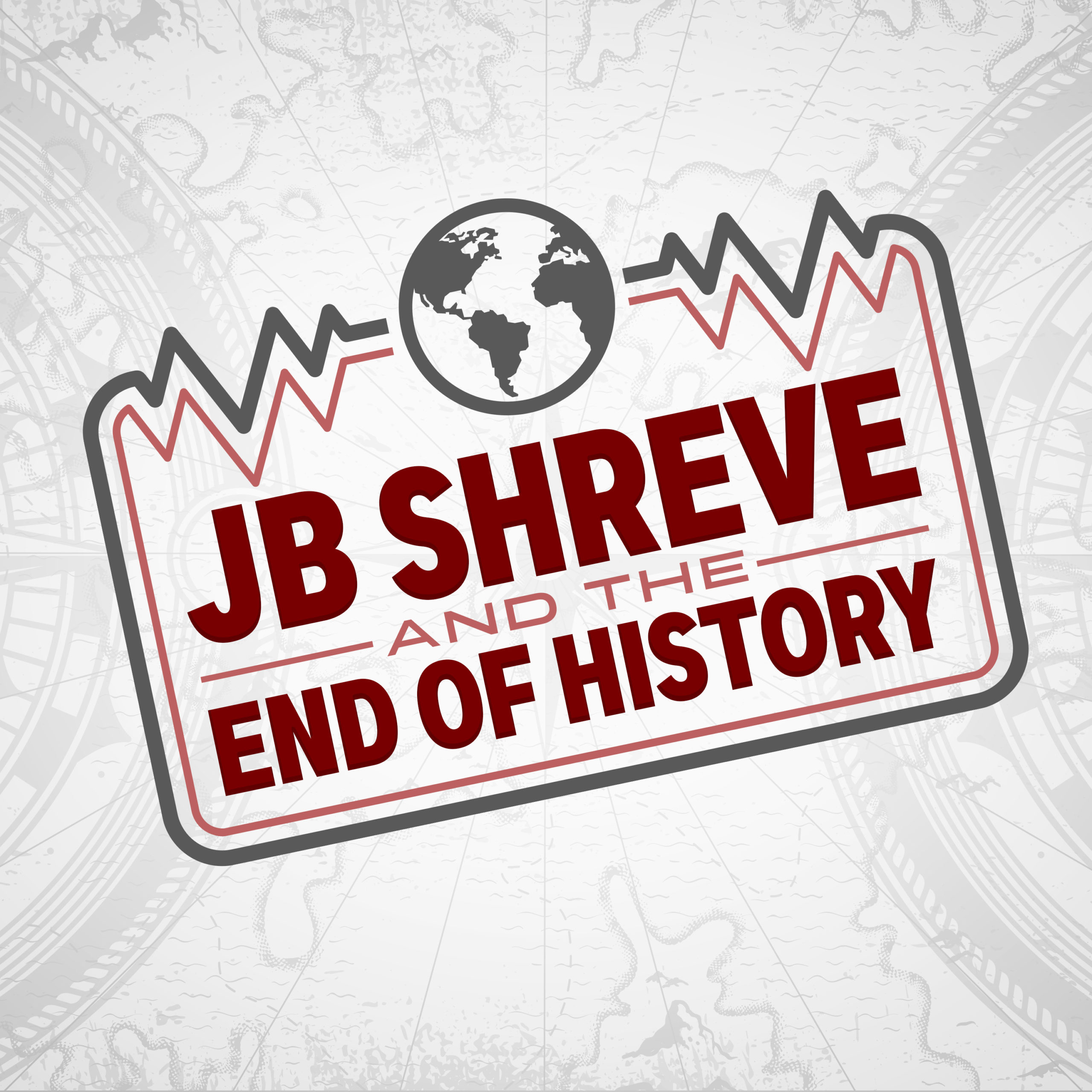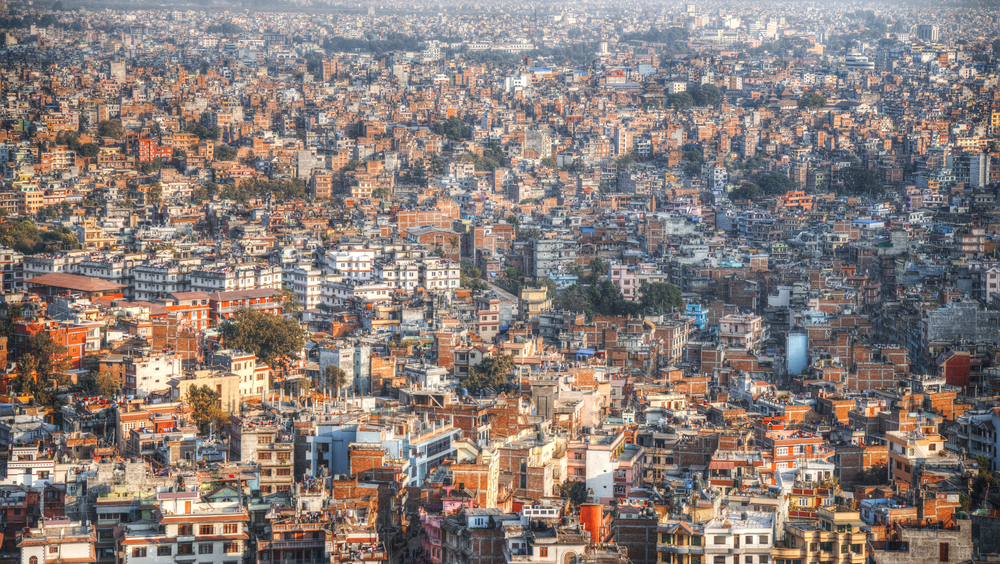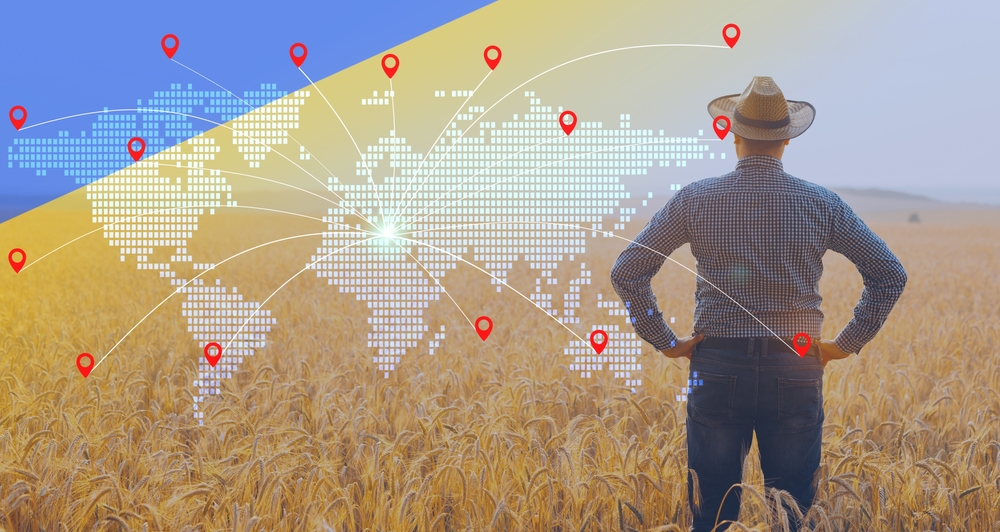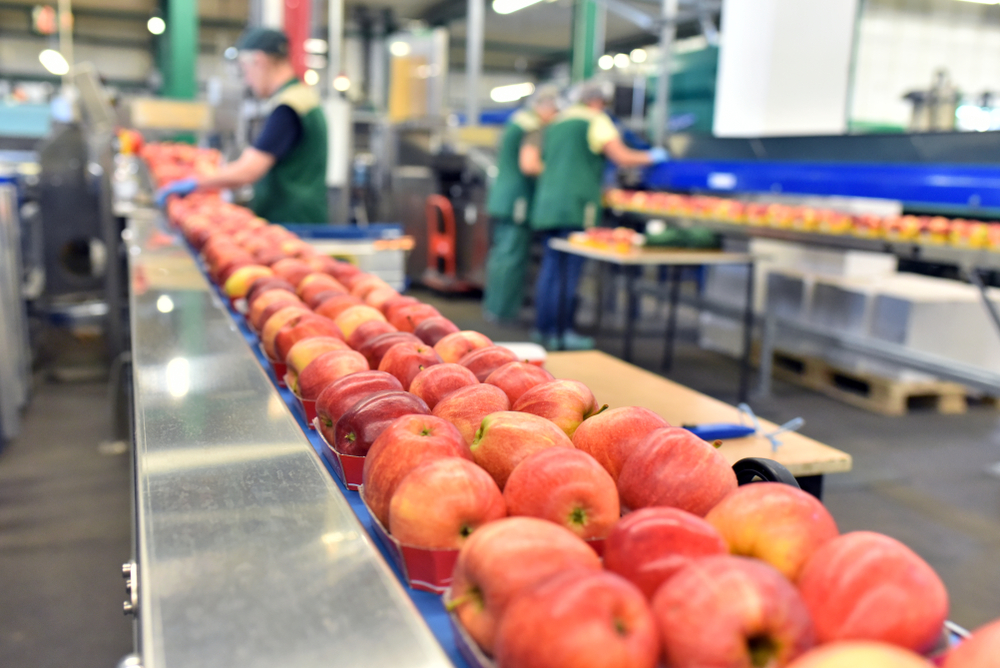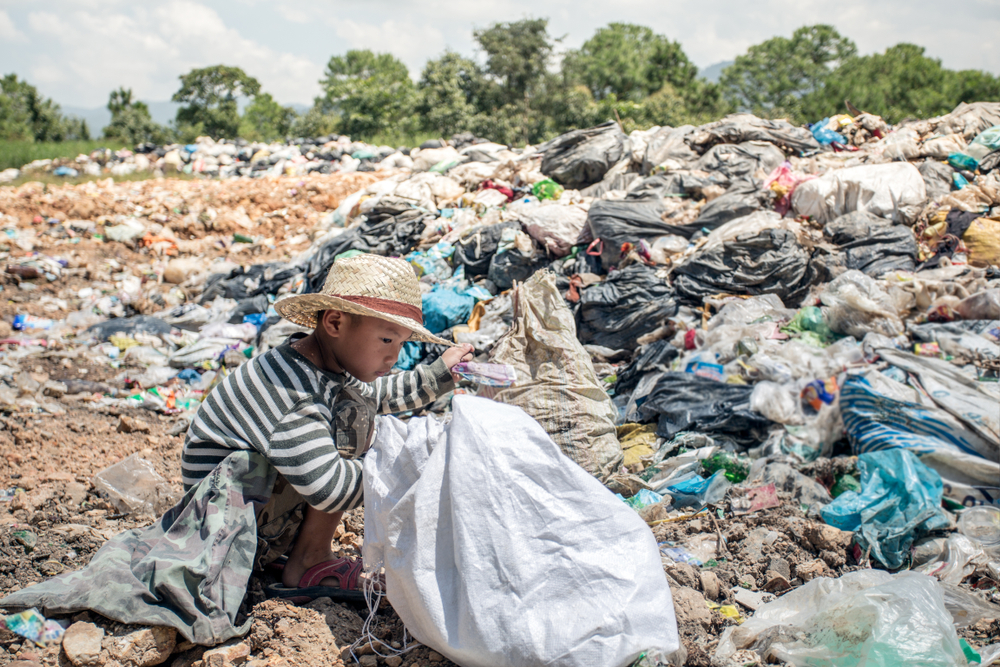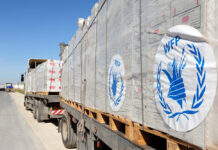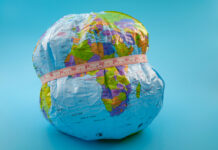Human civilization’s relationship to food supply has always been a relatively tense one. A delicate balance between food supply and growing population demand marks much of our history. The oldest recorded human history captures the disruptive nature of famines in dictating the development and movement of human population centers. The stories of the Hebrew patriarchs Abraham, Jacob, and Joseph in the book of Genesis all include references to famines that ultimately changed the course of the Jewish people, their religion, and modern history. The great wars between ancient Rome and Carthage were frequently fought over the food supplies of southern Europe and North Africa.
This is an excerpt from the 2019 book How the World Ends: Understanding the Growing Chaos. At that time JB Shreve explained how three core crises (population, food, and water) would contribute to a terrific rise in chaos across the globe during the next half century. By-products of these core crises would be pandemics, resource wars, social unrest, and increasing divides between rich and poor. These secondary crises would amplify the coming storm. All of that is happening now, even faster than predicted at the end of 2019. We are publishing portions of the “food crisis” section of the book here each day this week. Readers who want to go deeper are encouraged to purchase your copy of the book here.
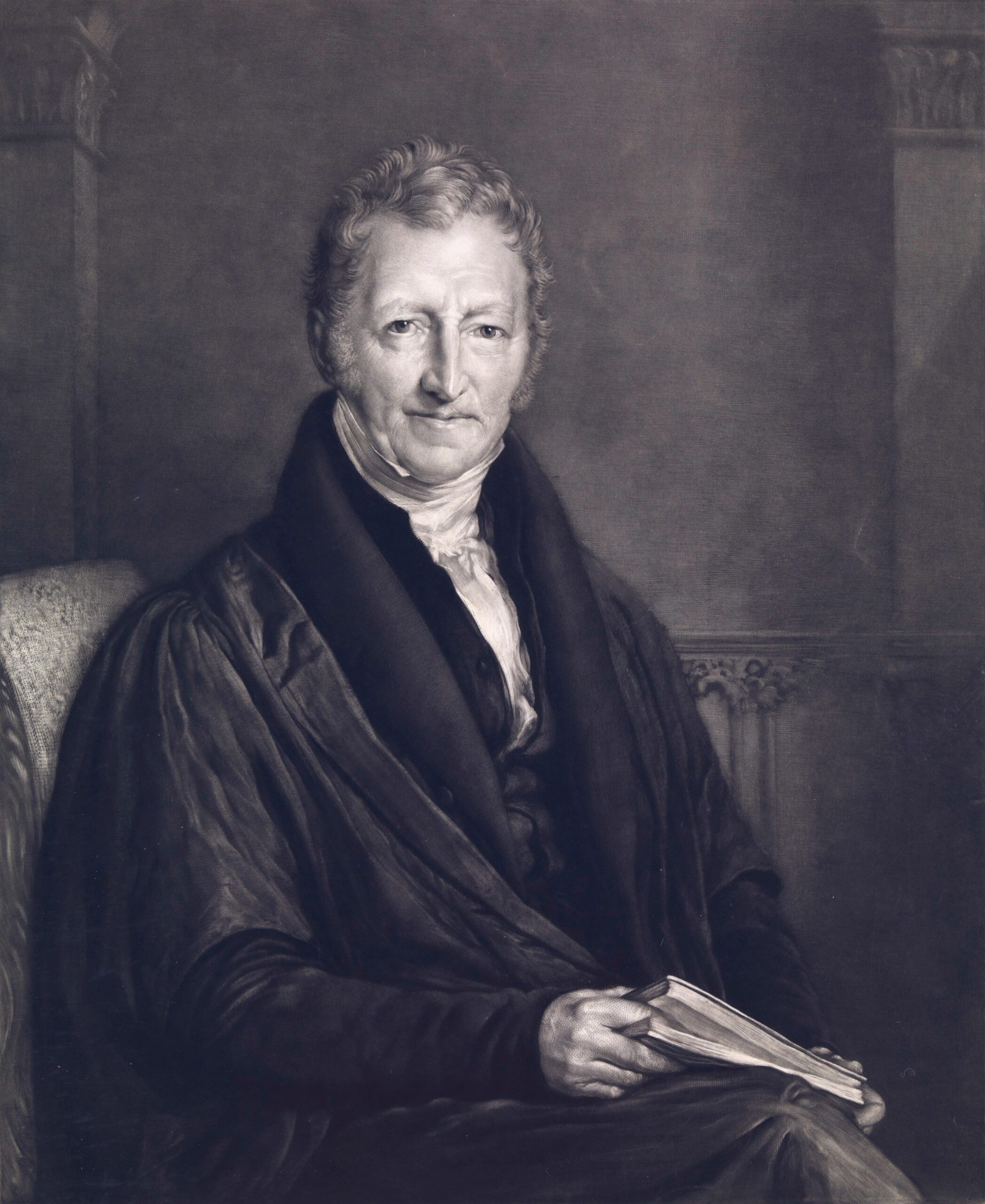
Recognition of this careful dance between food supply and population growth was what triggered the study and alarming predictions in the late 18th century by Thomas Malthus, which we previously discussed. Malthus foresaw that as the world’s population continued to grow, it would be impossible for the food supply to keep pace. He was wrong, but his warning was influential and echoed for generations all the way to Paul Ehrlich in the 1960s.
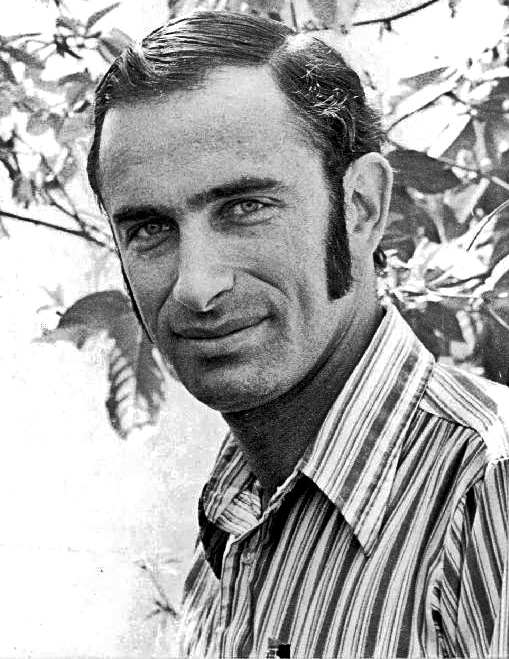
Ehrlich warned that it was not only food but also the compounding strains that the growing global population would place upon food and water supplies that would bring about the collapse of humanity. In 1967, William and Paul Paddock wrote Famine 1975! in which they warned that the growing demands upon the food supply in India alone would soon, within a decade at the time of their writing, bring about massive global catastrophe. The two respected authors even recommended food aid to India be suspended as such aid would merely keep the subcontinent’s people alive long enough to have more children and thus worsen the effects of the problem for the rest of the world (46).
In spite of these doomsday warnings over hundreds of years, however, the population has continued to grow, and the food supply has grown with it. A casual search on Google today will still result in numerous articles, reports and headlines from reputable sources suggesting that global population is soon to surpass the supply of food our planet can produce. The historical data does not support this, though.
While global population doubled in the second half of the twentieth century, the world’s food supply tripled. According to the Food and Agriculture Administration of the United Nations, every region of the world except Sub Saharan Africa had a positive growth in food production from the 1970s to the 2000s. While the 1970s had much higher production yields than the 1990s, throughout the world much of that lower growth was the result of self-imposed restraints to prevent supply gluts and damages in the commodities market. For decades after World War II, the United States used its own surpluses to support other regions of the world once Americans had eaten all their growing bellies could hold.
Ehrlich and the many other intellectual descendants of Malthus missed an essential variable in their calculations forecasting the end of the food supply and human civilization. They did not calculate for the effects of human ingenuity and technological shifts. The economist Julian Simon pointed to this specific vulnerability in the Malthus and Ehrlich predictions in his 1981 book The Ultimate Resource. He argued that the world was not soon to end, because doomsdayers and naysayers had forgotten about mankind’s and the world’s ultimate resource: “…skilled, spirited and hopeful people who will exert their will and imaginations for their own benefit, and so, inevitably, for the benefit of us all.”[1]
Simon was proven correct. India was expected to collapse upon itself at the time of Malthus’s writings but by the end of the 20th century, famine was far less frequent, and the world’s largest democracy was successfully feeding itself. These shifts in the narrative were made because human beings took hold of their own destiny and changed the story.
One example in this massive shift in food supply technology came at the beginning of the 20th century when chemist Fritz Haber developed the Haber-Bausch Process. This technological breakthrough alone allowed crops to secure nitrogen out of the air and convert it into the fertilizer. A 1999 Nature International Journal of Science report designated this as the most important technological breakthrough of the 20th century, stating that it was the detonator for the population explosion, and without Haber-Baush nearly half the world would be in a state of starvation (47). But that was merely the beginning of a whole century of technological advances in food and agriculture that enabled the food supply to stay far in front of the booming population growth.
Just as important to the breakthroughs in agriculture technology were the breakthroughs in distribution and access. Today the global food system supports an infrastructure capable of shipping food around the world, depositing it onto the shelves of our local grocery store and tables of our homes with such ease that we barely consider the modern marvel. Storage and distribution systems maintain the freshness and timely sell of fruit, meat, and vegetables throughout the world.
My home state of Arkansas exports $1 billion of rice annually to markets in Canada, Mexico, Central America, Haiti, and Saudi Arabia. In fact, rice grown in the US accounts for 12 percent of the global export market (48). Brazil is the largest beef exporter in the world, moving more than 1,850,000 metric tons of fresh quality beef across the planet in 2016. Meanwhile China and India are the world’s largest fruit exporters. This is a global food supply system that has leveraged the advances in agricultural technology, open markets, and developments in both storage and distribution technologies to conquer fears of global population growth outstripping global food supply.
Why Are People Still Starving?
The world averted collapse in the 20th century because of human ingenuity. But something is still amiss. How is it possible that I can literally use my smartphone to order any type of food I want for delivery to my door, but we cannot consistently get food to the 20 million people in danger of starvation that the UN warned the world about in 2017? There are political answers to this question, but they do not get to the real root of the problem. Open markets and democracies do not equate to an end to world hunger.
In fact, as we dig deeper into this question of the great divide we find the problems of the global food crisis are actually built into the solutions that helped us avert catastrophe in the last century. Inherent to the architecture of the modern global food system is the fact that one part of the world benefits at the expense of other parts of the world. This reality is far more complex than it appears on the surface.
It is not as simple as one country eats all the corn and that means another country has no corn. The dynamics of the modern global economy must be included in the equation to understand why small sections of the planet are overfed while larger sections are malnourished.
Since World War II, the global economy has grown more interconnected and interdependent than ever imagined. Understanding how that growth occurred and the power and control that were built into the system helps us explain the current predicament. And as was the case in our examination of the population crisis in Part 2, recognizing where the modern food crisis is most extreme in the world is as important as understanding how the crisis developed in the first place.
[1] For an enjoyable read regarding Julian Simon’s perspective, do an internet search on his famous wager with Paul Ehrlich.
We will run excerpts from JB Shreve’s book How the World Ends:Understanding the Global Chaos throughout this week. These excerpts explore the nature and pathways of the global food crisis that is now arriving. Check back tomorrow for the next post in this series.
